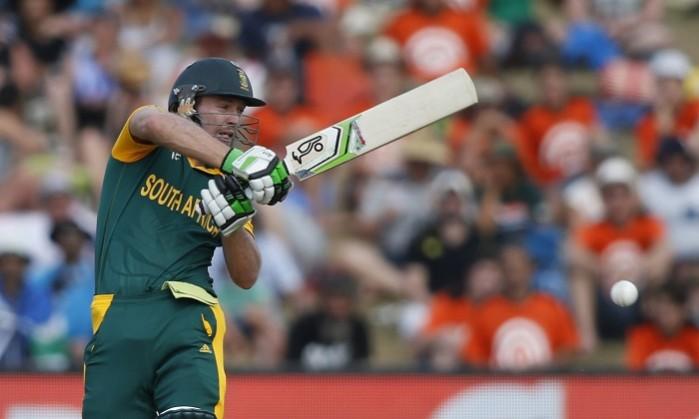
South African great Barry Richards is keen to see the bat and ball contest get back on an even keel in ODI cricket, and his suggestion to do that is to legalise ball tampering, among a few other changes.
At the moment, batsmen rule limited-overs cricket, with fielding restrictions and a few other recent innovations nullifying the bowlers' threat.
The two new ball theory was brought in to help the bowlers out, but all it has done is vanish the possibility of reverse-swing and bring down the potency of spinners, so crucial to picking up wickets in the shorter formats of cricket.
At the ICC Cricket World Cup 2015, the first five matches saw teams batting first post totals above 300, while a couple of teams got close to chasing – one actually did – down those totals as well.
There is little doubt that the odds are stacked against the bowlers in ODIs, and Richards' idea to tilt the balance back a little is to legalise ball tampering.
If the bowlers are allowed to do that, then that reverse-swing can come into play, even with two new balls now being used.
"Reverse swing is an art," said Richards to News Ltd. "Let the bowlers rub the ball in the dirt if they want because not all bowlers can produce reverse swing.
"All I want is a 50-50 contest, which it is not now. If it continues the way it is, kids will only want to bat. There will be no bowlers and the game will decline."
Another option, according to Richards, is to allow your two best bowlers a crack at bowling half of the 50 overs among them. Currently five bowlers can bowl a maximum of 10 overs each.
"Maybe in one-day cricket you could let the better bowlers bowl 25 of the 50 overs, but only two bowlers are nominated before the start to bowl those overs," he said.
"You could also relax cricket's leg-side rules a bit."
Bats and the size of the modern willow have come in for much discussion recently, with mishits and edges flying over the boundary line for sixes, and Richards is also of the opinion that the bats need to be tempered down a little.
"The pressing of cricket bats also has to be controlled and the thickness in their edges," he added. "Maybe there can also be a designated sweet spot area for bats, ours used to be about the size of a 50 cent piece but now they are much bigger.
"These are just a few of my ideas, because batsmen have it too easy these days."
















